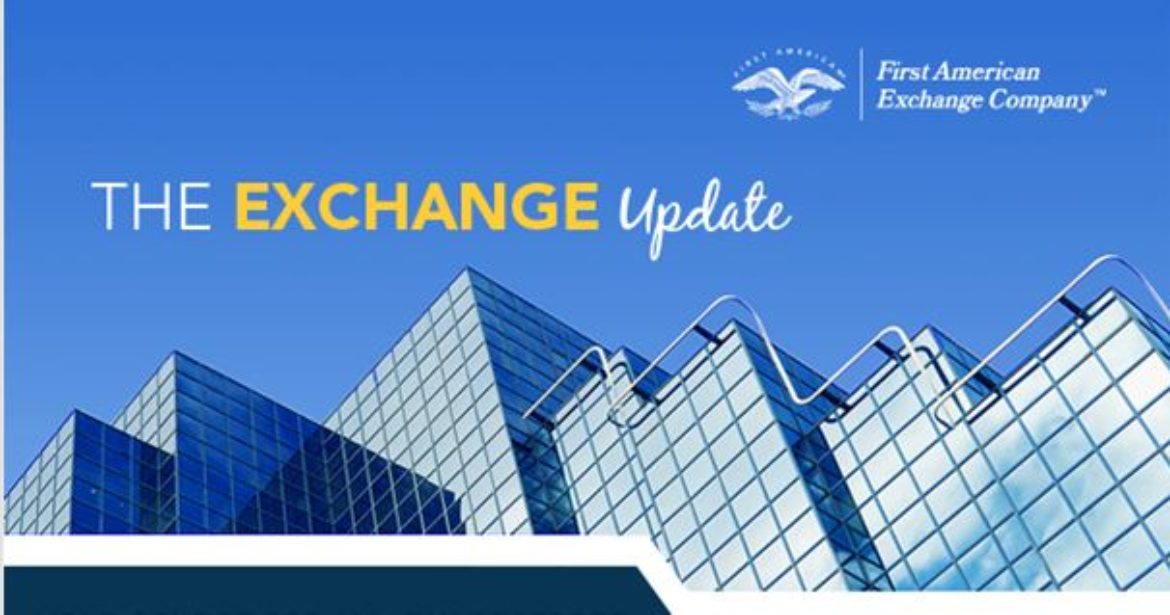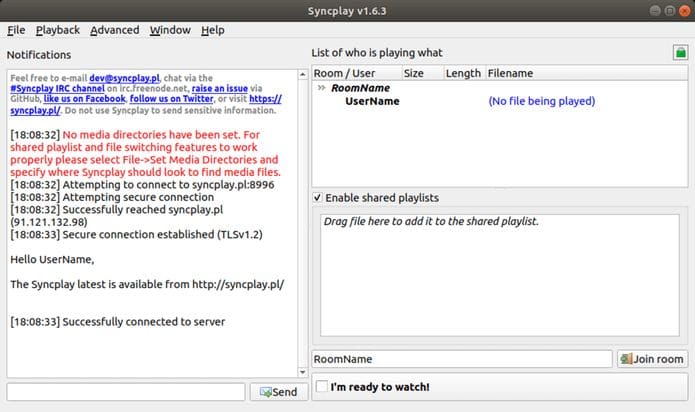
The homeowner should hold the property as investment (rental) property for at least 12 months in order to prove they had the intent to hold the property for investment use and qualify for 1031 exchange treatment.

Because the rental property was part of a prior 1031 exchange the homeowner must also have owned the property for at least five years in order to take advantage of the 121 exclusion. The homeowner must live in the property for at least 24 months in order to qualify for the 121 exclusion. The homeowner converts the rental property into the homeowner’s primary residence.

It does not apply to second homes, vacation homes, or property that has been held for rental, investment or use in a trade or business.

The 121 exclusion can only be used in conjunction with real property that has been held and used as the homeowner’s primary residence. Section 121 of the Internal Revenue Code, which is often referred to as the 121 exclusion, generally allows homeowners to sell real property held (owned) and used (lived in) as their primary residence and exclude from their taxable income up to $250,000 in capital gains per homeowner, and up to $500,000 in capital gains for a married couple filing a joint income tax return. A provision contained within the Housing and Economic Recovery Act of 2008 amends Section 121 of the Internal Revenue Code. The Housing and Economic Recovery Act of 2008, as with any piece of new legislation, has certain provisions incorporated within it other than what the title of the act would lead you to believe.
Irc section 121 code#
Modifies Section 121 of the Internal Revenue Code The Housing and Economic Recovery Act of 2008
Irc section 121 free#
Tax Free Exclusion on the Sale of a Primary Residence May Be Significantly Reduced under Certain Circumstances


 0 kommentar(er)
0 kommentar(er)
